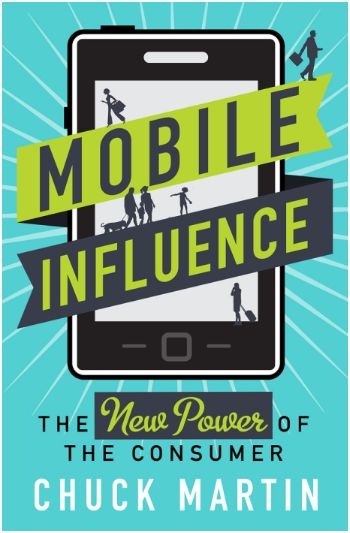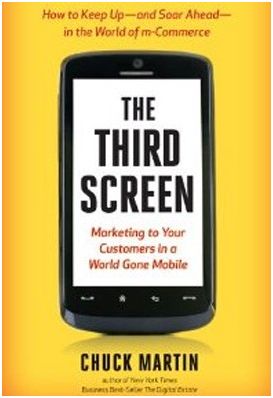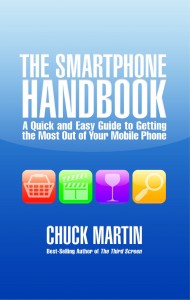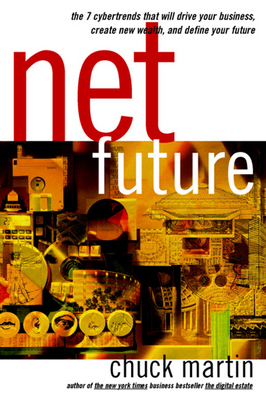
By Chuck Martin
While the Internet of Things can be end game for some market solutions, there still are steps that can be taken while awaiting a longer-term, fully connected world.
When Natalie Fenderson, a realtor with Fireside Real Estate in Tampa, Florida, wants to show a home to a potential buyer, she frequently pulls out her smartphone as she approaches the home, taps a few keys and a Supra lockbox opens, giving her access to the key to the house.
The history of which realtors visited and when is available online to the listing agent.
Another property management approach was introduced at CES by Lubn, which launched a smart-key lockbox with a visual authentication feature. The lockbox solution, winner of a CES 2019 Innovation Award (I was one of the judges for the 2019 and 2018 CES Innovation Awards), has an embedded camera that recognizes QR codes issued by the property manager to an intended visitor.
The lockbox photographs the visitor as he or she check ins and sends the photo to the manager’s phone for approval.
Digital lockboxes such as these are yet another example of the Interim Internet of Things, or IIOT, as I wrote about here recently (The Interim Internet Of Things).
When they finally reach a mass market, smart home technologies such as video doorbells and connected locks could ultimately provide authorized access to realtors and others to a person’s home, with all external and internal activities tracked.
That would be considered an IoT end game solution.
Meanwhile, the Interim Internet of Things provides a practical approach to tapping the future while leveraging present-day technologies that are widely available.










